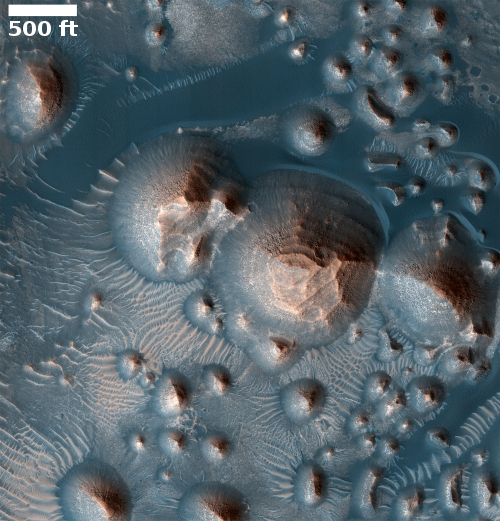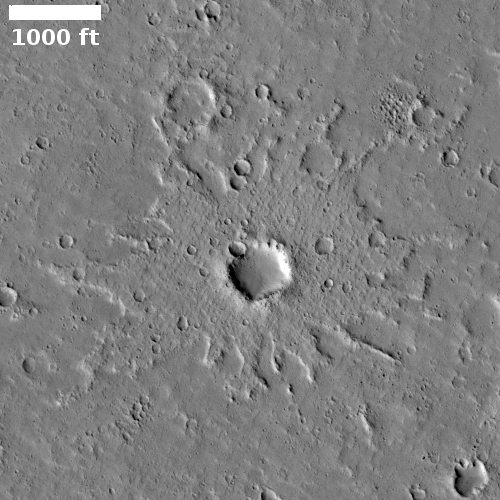Subaru Telescope photographs Hayabusa-2’s next target asteroid
In order to better constrain its orbit, the Subaru Telescope in Hawaii has obtained new photographs of Hayabusa-2’s next target asteroid, 100-foot-wide 1998 KY26.
This asteroid is predicted to approach to within 0.47 AU of Earth in mid to late December 2020, giving us a rare opportunity that comes only once every three and a half years. However, the diameter of 1998 KY26 is estimated to be no more than 30 meters, and thus its brightness is so dim that ground-based observations of the asteroid are difficult without a very large telescope.
The observations with the Subaru Telescope were conducted upon the request of the Institute for Space and Astronautical Science (ISAS), JAXA. And as a result, 1998 KY26 was photographed in the direction of the constellation Gemini as a 25.4-magnitude point of light with a measurement uncertainty of 0.7 mag. The positional data collected during these observations will be used to improve the accuracy of the orbital elements of the asteroid. Similar observations were conducted with the Very Large Telescope (VLT) of the European Southern Observatory (ESO).
If all goes right Hayabusa-2 will rendezvous with 1998 KY26 in the summer of 2031.
In order to better constrain its orbit, the Subaru Telescope in Hawaii has obtained new photographs of Hayabusa-2’s next target asteroid, 100-foot-wide 1998 KY26.
This asteroid is predicted to approach to within 0.47 AU of Earth in mid to late December 2020, giving us a rare opportunity that comes only once every three and a half years. However, the diameter of 1998 KY26 is estimated to be no more than 30 meters, and thus its brightness is so dim that ground-based observations of the asteroid are difficult without a very large telescope.
The observations with the Subaru Telescope were conducted upon the request of the Institute for Space and Astronautical Science (ISAS), JAXA. And as a result, 1998 KY26 was photographed in the direction of the constellation Gemini as a 25.4-magnitude point of light with a measurement uncertainty of 0.7 mag. The positional data collected during these observations will be used to improve the accuracy of the orbital elements of the asteroid. Similar observations were conducted with the Very Large Telescope (VLT) of the European Southern Observatory (ESO).
If all goes right Hayabusa-2 will rendezvous with 1998 KY26 in the summer of 2031.







